Updated: 01-Jun-2020
Mathis was founded in Strasbourg around 1904 by Emile Mathis to make cars.
-It ceased operations around 1950.
-During its last years it also manufactured aviation engines.

“Mathis logos”
-These engines were built from the mid-1930s until around 1950. They manufactured engines in a range as wide as 40 to 4,500 CV.
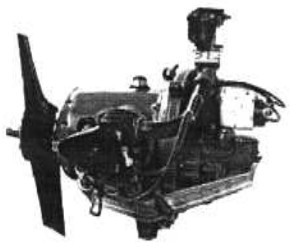
“Mathis G2F”
-The Mathis G2F 40 CV with two opposed cylinders (the same as the G2G-60) gave 30 CV at 2,550 rpm. Increasing to 40 CV at 2,800 rpm.
-There were the G4F, G4G-60, which gave 75 CV at 2,600 rpm. and the 4G-60 and 4G-62 that gave up to 90 CV at 2,650 rpm.
-All these 4 engines had horizontally opposed cylinders and were built after WWII.
-The G4R was an inverted four-cylinder in-line engine that gave 100 CV.
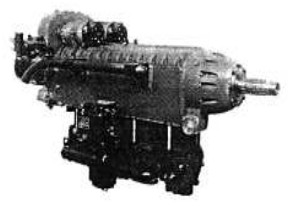
“G4R”
-The G7R was a 160 CV, 7-cylinder radial that was installed on the Nord 1700 aircraft.
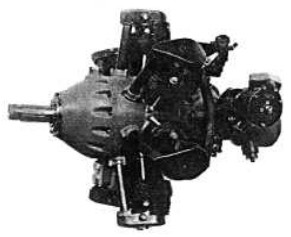
“Mathis G7R”
The T and Tr-175 gave 175 CV. The G8 engines were 8-cylinder inverted V-engines.
-The one in the first photo of the G8 has a front fan to force the cooling air.

“G8, with front fan”
-The G8-20 gave 180/230 CV. The 200 CV G8-40 was installed on the French Giravión.
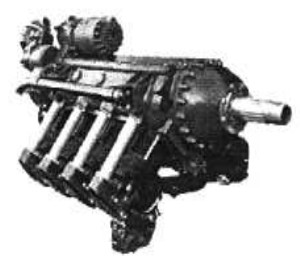
“G8, fanless”
-The G16R was an engine in "X" reaching 400 CV, and it consisted of two G8-22 V8-engines placed one on top of the other and upside down forming an X-engine with gearbox and a common shaft for the propeller. It was installed on the SO-7010 Pegase.
-A mechanical device allowed the propeller to be driven by either of the two engines.
-The G14R (and the RS) were post-war (1946) engines that gave about 425 CV, although in the beginning they gave 350 CV without gearbox or supercharger.

“Mathis G14-RS”
-But the most sensational engine of the brand was designed in 1939. It had 42 cylinders radially arranged in 7 rows of 6 cylinders. The first one had 59 liters of displacement and delivered 2,300 CV. This engine was known as "Vesta".

“Vesta, 2300 CV”
-But even more sensational was the same engine with a displacement of twice as much, 120 liters giving almost 5,000 CV.
-It turns out that Emile Mathis, faced with the onslaught of the German occupation, took away the prototype and hid it in the Pyrenees. This was the "Vega".
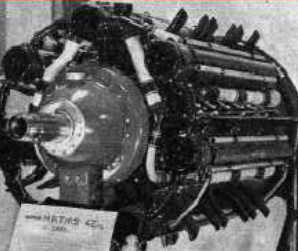
“Mathis, Vega”
-About 1939 the Mathis Vega motor had to be tested on high benches in Switzerland since they did not exist in France. Below we see the test of a Vega under the supervision of engineer R. Georges.
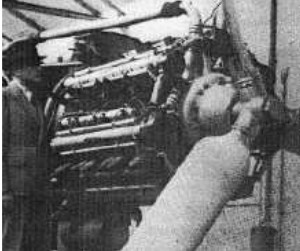
“Mathis Vega, 2,800 CV on test bench”
From Appendix A1/6: The Mathis G8R eight-cylinder inverted V-engine with fan is clearly seen in this assembly on a French SUC.10 "Courlis" aircraft. It is mounted in pusher position, not puller.

“Mathis G8R”
The power of this engine is 205 CV.
From Appendix 6: In the postwar period, like Panhard and other brands, they had no immediate market for their aviation engines.
-They made car and industrial engines etc. See Mathis in main text.
-Mathis also made a car with an adapted aviation engine. It was modified to cool it by water with a double radiator. It had two horizontally-opposed cylinders.
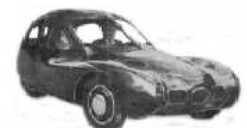
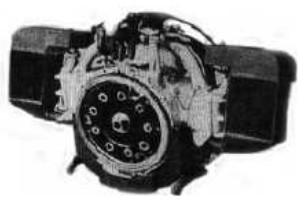
“The Mathis car and its engine”
From Appendix 12: Having manuals and catalogs of this brand we can expand the illustrations of their engines. Also located at (GallicaBNF.fr) the National Library of France.
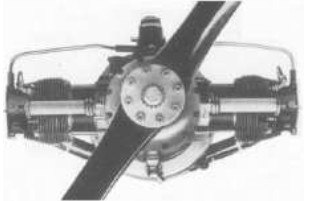

“Two illustrations of the G2F and G2G giving 40 CV”
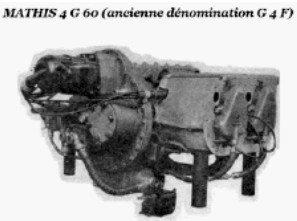
Mathis 4G60, former G4F
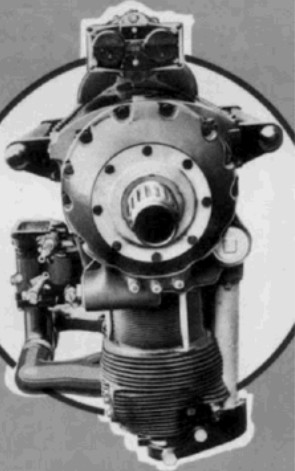
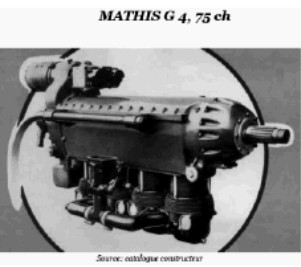
“Mathis G4 with 4 inverted inline cylinders, 75 CV,”
-The G4R had a gearbox and gave 100 CV.
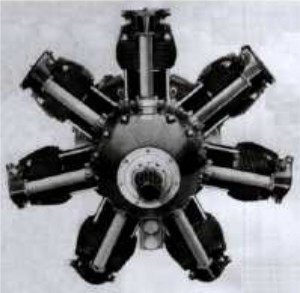
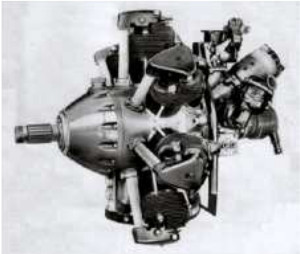
“Two views of the G-7 radial”
-After the in-line and radial engines, we move on to the inverted V-engines with eight cylinders. We observe the same style in the cylinder valve control.
-The control rods are included in a single cover, which is characteristic of Mathis.

“Mathis cylinder and its components”
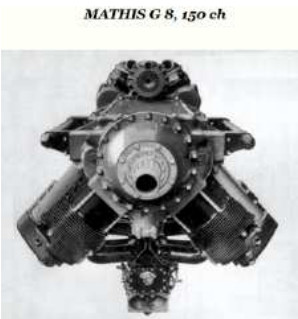
“The Mathis inverted V8 (from Manuel d’entretien)

“Mathis G8 and G8R”
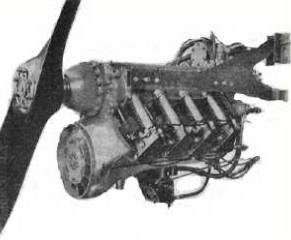
“The G8 with propeller and forced air fan”
-The G16R was a double 8 in X that delivered 400 CV, without photo.
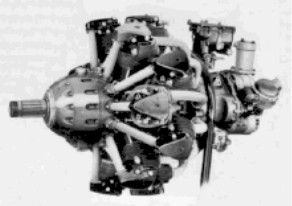
"The G14 R and G14RS giving 350/500 CV, respectively"

“Mathis G14 front view"
-There is also the 14 RS.

"The Vega 42B cylinder delivered 2,600 CV"
-It is the 42A with 2,300 CV, and according to the author it has the name "Vesta".
-The 42D was also called "Vega" and gave 4,600 CV.
-Below we show the logo framed on a magazine page.
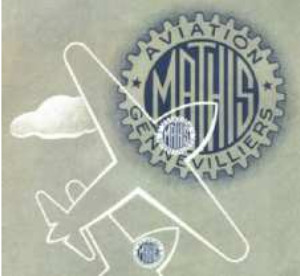
“Mathis Engine Factory Logo”
Engines of MATHIS
Model: 42 cyl. radial (7x6 mayor) “Vega”
Arquitecture: 42-cylinder Radial
Cooling:
Total Displacement: 120 Ltr.
Bore / Stroke:
Power: 4700 CV
Weight:

"Mathis, Vega"
Model: 42 cyl. radial (7x6) “Vesta”
Arquitecture: 42-cylinder Radial
Cooling:
Total Displacement: 59 Ltr.
Bore / Stroke:
Power: 2300 CV
Weight:

"Mathis Vesta, 2300 CV"
Model: G14R, -RS, 14 cyl. radial
Arquitecture: 14-cylinder Radial
Cooling:
Total Displacement:
Bore / Stroke:
Power: 425 CV
Weight:

"Mathis G14, front view"
Model: G16R (2x G8-22), 16 cyl, en X
Arquitecture: 16-cylinder X-engine
Cooling:
Total Displacement:
Bore / Stroke:
Power: 400 CV
Weight:
Model: G2F, -G, 2 cyl. boxer
Arquitecture: 2-cylinder Horizontally opposed
Cooling:
Total Displacement:
Bore / Stroke:
Power: 40 CV @ 2800 rpm
Weight:

"Mathis G2G with propeller"
Model: G4F, -G, 4 cyl. boxer
Arquitecture: 4-cylinder Horizontally opposed
Cooling:
Total Displacement:
Bore / Stroke:
Power: 75 CV @ 2600 rpm
Weight:

"Mathis 4G60, old G4F"
Model: G4R, 4 cyl. invertido
Arquitecture: 4-cylinder In line inverted
Cooling:
Total Displacement:
Bore / Stroke:
Power: 100 CV
Weight:

"Mathis G4R"
Model: G7R, 7 cyl. radial
Arquitecture: 7-cylinder Radial
Cooling:
Total Displacement:
Bore / Stroke:
Power: 160 CV
Weight:

"Mathis G7, fig 1"
Model: G8 series, 8 cyl, V inverted
Arquitecture: 8-cylinder Inverted V-engine
Cooling:
Total Displacement:
Bore / Stroke:
Power: 230 CV
Weight:

"Mathis G8, fanless"
Model: Mathis-Mawen
Arquitecture:
Cooling:
Total Displacement:
Bore / Stroke: x
Power:
Weight:


